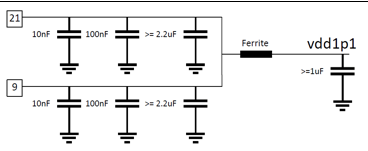Tool/software:
Test IOP part TC 8, the three items regarding link up time do not meet the specifications. All exceed the maximum linkup time.
May I ask if your company has a solution or guidance for corrective measures on this matter?
Testing standard basis: 5.1.2 Link-up time in docs<OA_Automotive_Ethernet_ECU_TestSpecification_Layer_1_100BASE-T1_v3.0.pdf>
The current test results are as follows:
.........










